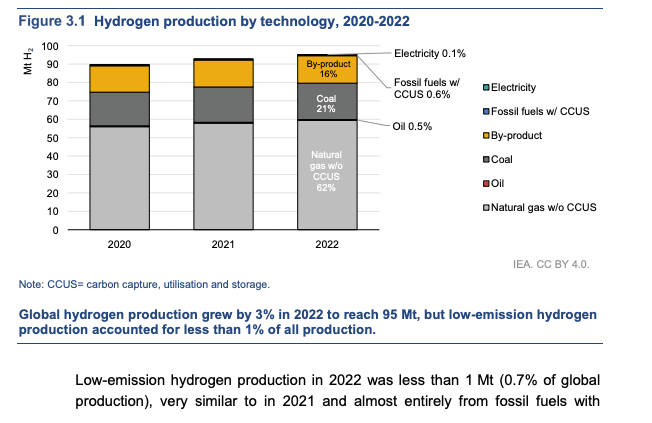BrianPetersen
Mechanical
In fairness, it's either cryogenic temperatore or high pressure, not both, but otherwise ... fair assessment.
Follow along with the video below to see how to install our site as a web app on your home screen.
Note: This feature may not be available in some browsers.
Little Inch said:So gas extraction companies want to do it to continue using methane and stripping off the carbon in one place then storing it. Energy transfer from one to the other is about 70-80%, but we need to do something to reduce CO2.
LittleInch said:Hydrogen as a means of storing electricity though is one of the worst uses.
LittleInch said:Pity it kills people if it escapes and no one seems to be sure how to turn ammonia back into hydrogen, But crack that and that will be the way forward.
JoshPlumSE said:Isn't what you're describing similar to "FuelCell" energy production? Though, it thought fuel cells were more like stripping off an electron from a natural gas molecule.



